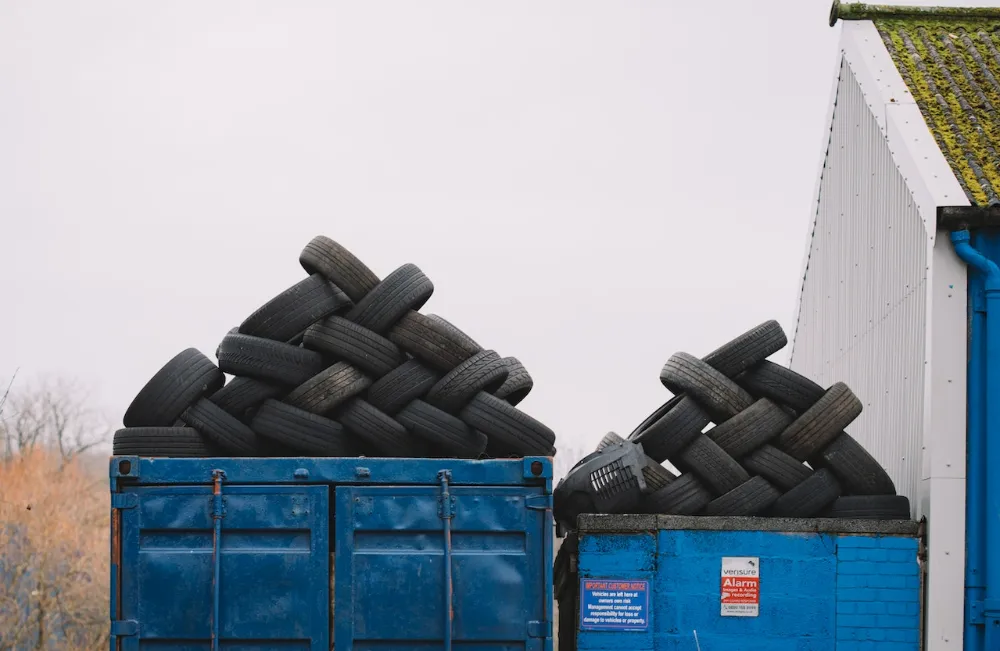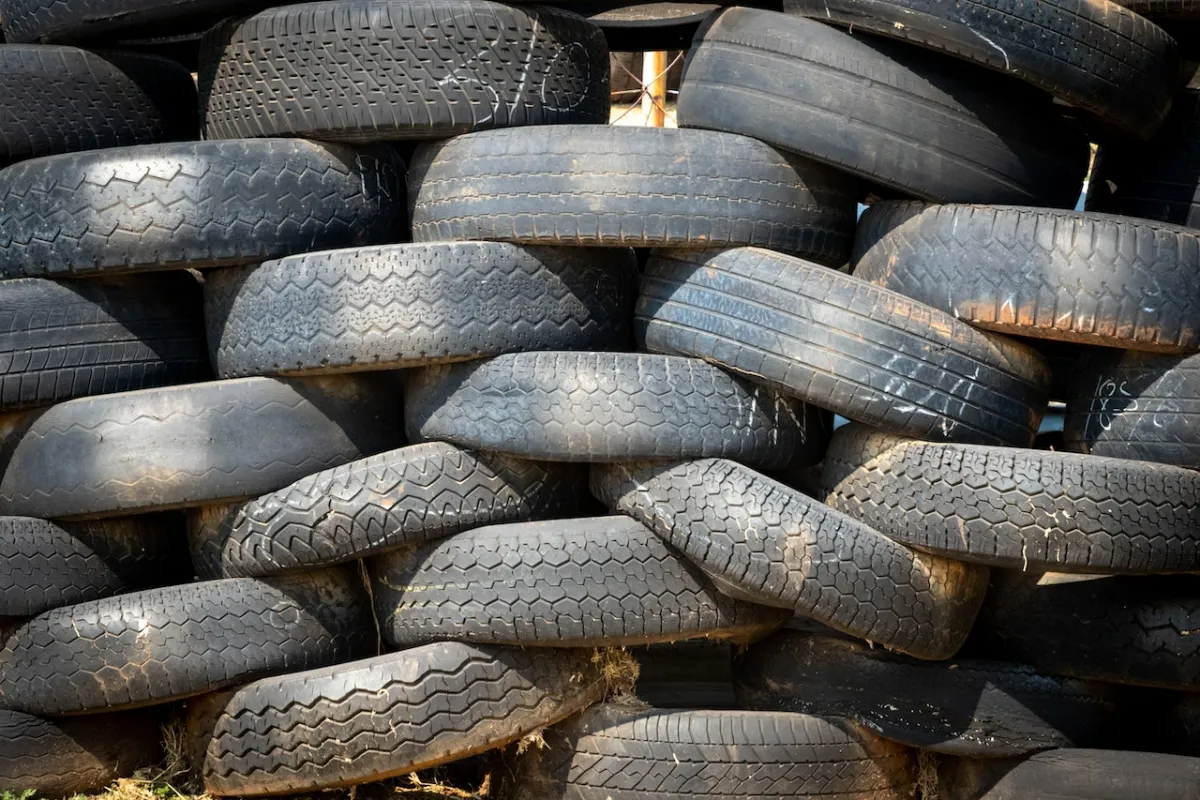The performance and safety of your car rest on its tires. They experience wear and tear over time because of continual contact with roadways, varying weather, and driving practices. It’s crucial to know when to replace your tires to maintain your vehicle’s handling, grip, and general roadworthiness. This guide looks at five telltale signals that it’s time to change your tires.
Insufficient Tread Depth
Particularly in wet or slippery conditions, tread depth is crucial for retaining grip. Your tire’s tread grooves direct water away from the contact area, keeping grip and reducing hydroplaning. The “penny test” is widely used to determine tread depth. Lincoln’s head should face down as you insert the cent into the tread groove. It’s time to think about getting new tires if the top of Lincoln’s head is visible since that indicates that the tread depth has become dangerous. A vehicle’s capacity to grip the road is compromised by insufficient tread depth, which raises the possibility of sliding and accidents, especially in bad weather.
Visible Signs of Wear and Damage
A key component of tire care is routinely checking your tires for apparent symptoms of wear and deterioration. Check the sidewall or tread for telltale signs like cracks, cuts, bulges, or punctures. These noticeable blemishes are a warning sign that the structural integrity of your tires may be in jeopardy. It’s critical to realize that such damage compromises the tire’s ability to retain correct air pressure and handle normal driving loads. Ignoring defective tires is risky and might result in unexpected blowouts, leaving you either stuck on the road or in a dangerous situation that could endanger you and other drivers.

Uneven Tread Wear
Pay special attention to how your tires wear their tread since uneven wear might reveal important information about possible suspension or alignment concerns. Tires might wear unevenly over time due to things like mismatched wheels or an unbalanced suspension system. You may spot uneven wear patterns with regular inspections, such as a single side wearing out more quickly than the other or the middle wearing out quicker than the corners. Early pattern recognition allows for an anticipatory approach to tackling underlying issues. You can extend the life of your new tires and keep your car performing and handling at its best by quickly fixing alignment and suspension problems and changing tires with uneven wear.
Decreased Handling and Performance
Tires’ performance qualities alter as they age and wear down, which may affect how you drive. Your tires may no longer offer the same traction and control as they once did if you notice that your car’s handling has gotten worse, its responsiveness has decreased, or there has been a visible change in how it turns. Reduced traction caused by worn-out tires can make it harder to control your car and lengthen the distance it takes to stop. Purchasing new tires is required to restore your vehicle’s maximum performance and safety if you notice that its reactions are less accurate or seem less steady during movements.
Excessive Vibration and Noise
Additional signs of tire-related problems include unusual sensations or excessive road noise. When you speed, vibrations may intensify, indicating tire imbalance or alignment. Similarly, if you find that road noise is louder than usual, even on well-kept roads, it might be a symptom of uneven tread wear or tire degradation that prevents your tires from smoothly interacting with the road surface. While there may be other causes of vibrations and noise, it makes sense to rule out mechanical issues before looking into your tires to protect the longevity of the tires and the general safety and pleasure of your driving experience. If you notice any of these signs, it might be an excellent time to shop for new SUV tires specifically designed to cater to the demands of larger vehicles.
Conclusion
Your car’s performance and safety heavily depend on its tires’ condition. Maintaining a safe and comfortable driving experience depends on knowing the warning signals that new tires are needed. Check your tires’ tread level, outward signs of wear and degradation, and changes in performance and handling often. You can improve the safety of your car and make sure you’re getting what you can out of the driving experience by taking care of tire-related problems as soon as they arise and changing worn-out tires.


